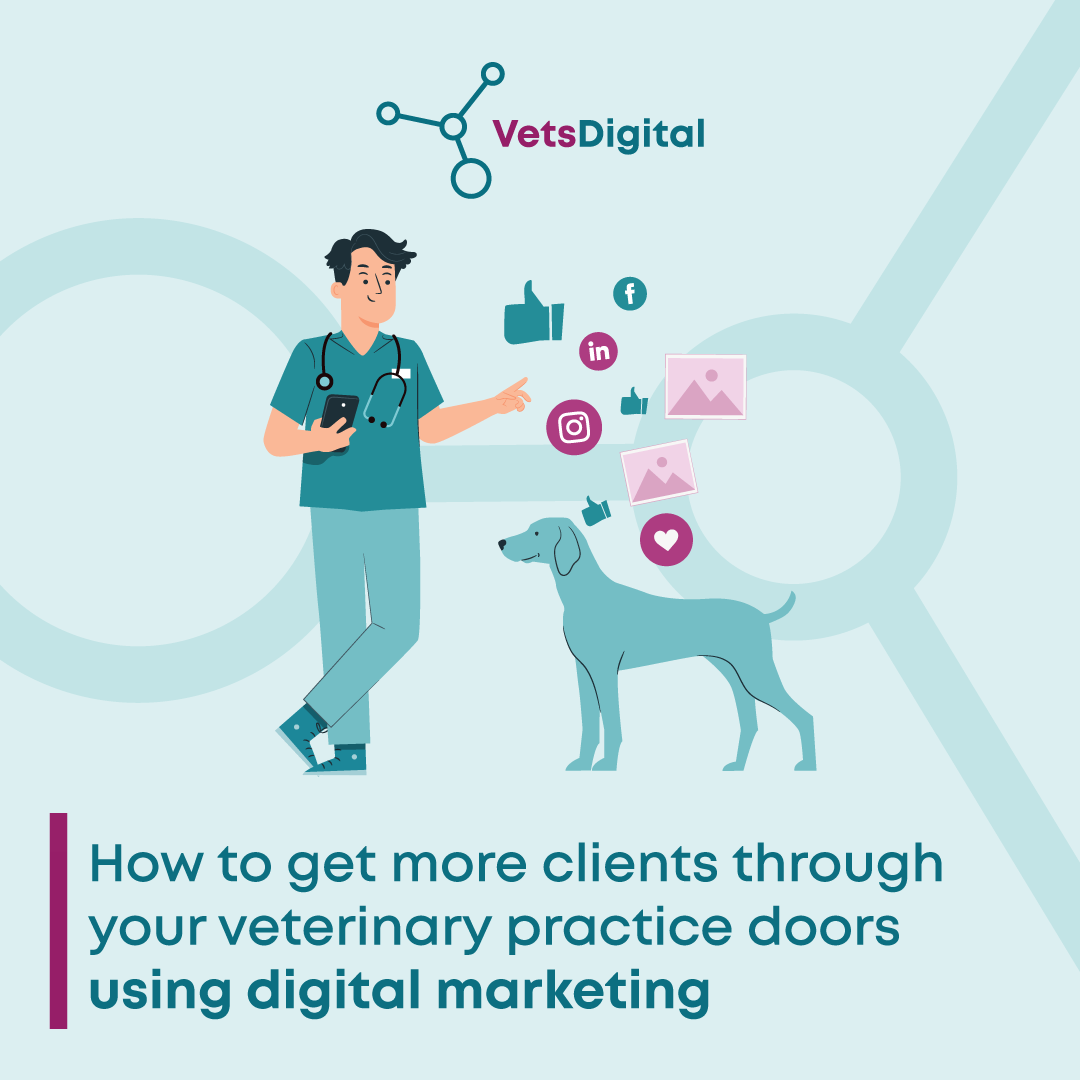Client Communications, Live Chat, News,
Managing Communications – Coronavirus update

While the BVA and RCVS have updated their guidance, a key factor at the moment in dealing with your clients is keeping them informed. With a constantly changing regulatory environment, conflicting rumours and information online, and social media filled with information of (ahem) varying quality, keeping your clients abreast of what you do and can offer has never been more important. Add in the generally febrile state of anxiety, and poor communications now could be catastrophic. So in this blog, we’re going to look at a couple of really useful approaches to communication with your clients during the pandemic.
Reliable Information
Believe it or not, the average member of the public is pretty good at filtering out obvious rubbish. However, in the absence of a reliable source, it becomes progressively harder for anyone (including us as professionals) to distinguish between good and bad data, especially when it’s plausibly presented, or linked to something we’re already predisposed to believe. So it’s doubly important to make sure that your clients have an absolutely reliable source of facts about their animals and your services – and that should mean your practice.
So here’s our top tips…
Burst the filter bubble
When online, most people spend most of their time within their “comfort zone”. The problem with this is that search algorithms tend to serve up what they think the person would like, rather than what they need. Fortunately, you have a “real world” connection with your clients – which means information you send will break through the invisible walls of the bubble, and get to them. Email newsletters, social media posts, and even blogs and other material on your website provide opportunities for engagement.
Make sure your information is 100% up to date
In many ways, the easiest way to lose your clients trust isn’t to be wrong – it’s to be out of date. Don’t get me wrong, incorrect information is also a disaster (so avoid it!), but that can be remedied with a timely “update”. However, not updating your website, social media feed, etc., means you slip into irrelevance. Daily updates are probably a must right now!
Watch out for plausible memes and “fake news”
Almost all the major social platforms now are constantly checking for coronavirus-linked spam, scams, and fake news. Don’t get caught out by it, or your official (and trusted) accounts are at risk!
Link to reputable sources
When people say “send me the proof”, they’re not always being combative. So do it! Where possible, make available the original information. It builds trust and shows that you’re being transparent. Apart from anything else, even if your client doesn’t believe you, they’ll respect you more for it.
Manage Phone Overload with Outbound Communications
Your “traditional” communications channels are likely to be overloaded at the moment, especially with people wanting their pent up “routine” work done in a hurry, or non-urgent conditions deteriorating. With so many people in isolation, you may find more and more calling you directly, rather than relying on the information on your website or social media – either because they don’t believe it, or just as an excuse to hear another human voice!
Inevitably, this means that your phone lines are going to be busy – especially if you’ve got reduced staff. So how about taking some of the strain off with these approaches:
Recorded message
Many of the phonecalls are likely to be asking routine information about opening times, access, and similar. So, record a message giving this information, that callers have to hear before the call connects – most business phone systems will allow you to do this. To make it even better, record a fresh message with a different voice each day – for example, “Hi, I’m Fiona the receptionist on duty today, this Wednesday we’re open from…”
Try a live chat service at peak call times
One nurse or receptionist (however incredible!) can only manage one or two phone conversations simultaneously. However, with Live Chat services, one person can manage five or six people all at the same time. There’s also a record of who they are and, if any follow up is needed, it’s easy to embed the chat into a client record.
Text people
You almost certainly have some older clients who are self-isolating. How about texting them to check they’re OK? Remember, you’re an embedded part of your community… and if you support people now, they’ll remember it later.
Be careful with reminders though!
It would be easy to come to grief over routine reminders though. If you’re still sending them out as normal, review that now. Make sure that any reminders going out are only for things you can actually do – there’s nothing more frustrating than being reminded that a booster is due and then not being able to access it. And there’s very little that will shatter your reputation as fast as a message saying “boosters are vital for health – don’t delay!” followed up with “oh no, it’ll be fine”.
Satisfy the need to be seen
How about “coffee with a vet”? A regular video posted online of your staff talking about what they’re doing, and maybe a “behind the scenes” walk through the practice. Our data suggests that over 50% of people who follow their vet on social media do so because they “like seeing what is going on behind the scenes”. Now might be a great time to put together a series of video shorts (10-15 minutes, filmed on a phone camera is fine) that you can put out at the same time each week or even each day.
If you need any help or advice, please feel free to call us. But above all, stay safe, and keep up the fantastic work!
Thanks to our friends at OnSwitch for some of the ideas! Do you have any suggestions, things you’ve found work well that other practices could use? If so, send us an email or comment below!






